Tela Branca: Discover The Versatile Fabric in 2024
Introduction to Tela Branca
What is Tela Branca?
Tela Branca, a Portuguese term that translates to “white fabric” in English, refers to a plain, undyed fabric that serves as a versatile material across various industries. Typically made from cotton, linen, or synthetic fibers, tela branca is prized for its simplicity, adaptability, and numerous applications.
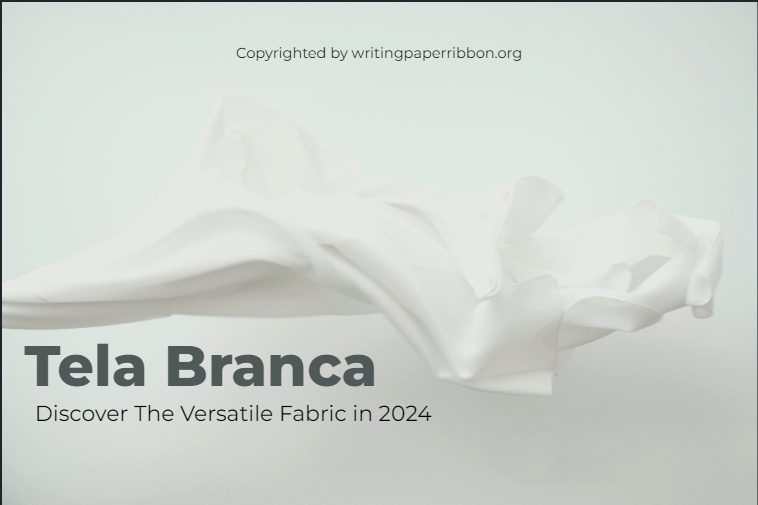
Table of Contents
Historical Background of Tela Branca
The use of tela branca dates back centuries, with early examples found in ancient civilizations where plain fabrics were essential for clothing and household items. Over time, the production and utilization of tela branca have evolved, incorporating advancements in textile technology and expanding its role beyond mere utility to a fundamental component in art, fashion, and industry.
Importance of Tela Branca in Various Industries
Tela branca’s importance is multifaceted. In the textile industry, it serves as the foundation for a wide range of products, from basic garments to intricate fashion designs. Its neutral, undyed nature makes it an ideal canvas for creative endeavors in the arts. Additionally, in fields such as home décor and the medical sector, tela branca is valued for its practicality and adaptability.
Types of Tela Branca
Natural Tela Branca
Natural tela branca is made from organic fibers such as cotton, linen, or hemp. These materials are renowned for their breathability, comfort, and environmental sustainability. Cotton tela branca, in particular, is highly sought after for its softness and ease of care, making it a popular choice in clothing and bedding.
Synthetic Tela Branca
Synthetic tela branca is produced from man-made fibers like polyester, nylon, and acrylic. These fabrics often offer enhanced durability, wrinkle resistance, and cost-effectiveness. They are widely used in applications where strength and longevity are paramount, such as in outdoor gear and certain home furnishings.
Blended Tela Branca
Blended tela branca combines natural and synthetic fibers to harness the benefits of both. For example, a cotton-polyester blend can provide the softness of cotton with the durability and low maintenance of polyester. These blends are tailored to meet specific needs, making them versatile options for various uses.
Production Process of Tela Branca
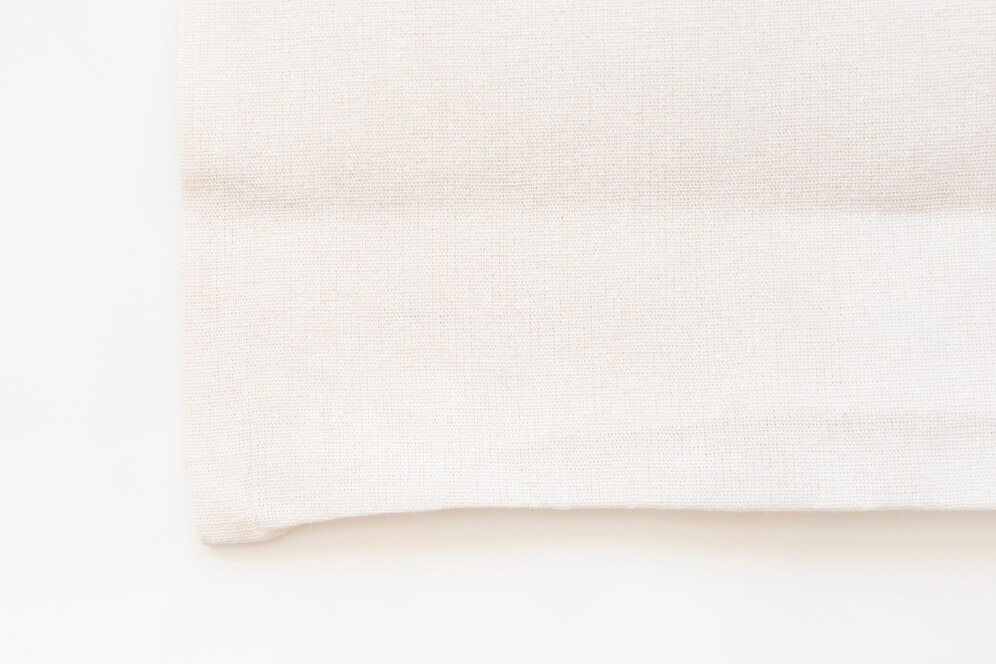
Raw Material Selection
The quality of tela branca starts with the selection of raw materials. For natural fabrics, this means choosing the finest cotton or linen fibers. For synthetics, high-grade polymers are essential. The choice of raw material impacts the texture, strength, and overall quality of the final product.
Weaving Process
Once the raw materials are prepared, they undergo the weaving process. This involves interlacing the fibers in a precise pattern to create the fabric. The type of weave—plain, twill, satin, etc.—affects the fabric’s texture, strength, and appearance. Advanced weaving techniques can enhance the fabric’s durability and aesthetic appeal.
Finishing Techniques
After weaving, tela branca undergoes various finishing techniques to enhance its properties. This may include bleaching, dyeing (if applicable), and applying treatments to improve softness, wrinkle resistance, or water repellency. These finishes tailor the fabric for its intended use, ensuring it meets specific industry standards.
Applications of Tela Branca
Textile Industry
In the textile industry, tela branca is a staple material. It serves as the base fabric for dyeing and printing, enabling designers to create a wide array of patterns and colors. Its versatility makes it suitable for everything from everyday clothing to specialized textiles used in industrial applications.
Fashion Industry
Tela branca’s neutral appearance provides fashion designers with a blank canvas to express their creativity. It is used in creating prototypes, fashion garments, and accessories. Its adaptability allows it to be dyed, printed, and embellished, making it a foundational fabric in the fashion world.
Home Décor
In home décor, tela branca is popular for making curtains, upholstery, bed linens, and tablecloths. Its clean, fresh appearance complements various interior design styles, from minimalist to traditional. Additionally, its durability ensures that it can withstand regular use and washing.
Art and Craft
Artists and crafters often use tela branca for projects such as painting canvases, embroidery, and fabric crafts. Its plain surface allows for easy customization, making it ideal for personal and creative projects. It provides a sturdy base for a wide range of artistic techniques.
Medical Field
In the medical field, tela branca is used to produce items like bandages, surgical gowns, and hospital linens. Its purity and simplicity meet the hygiene and safety standards required in healthcare settings. The fabric’s breathability and comfort are also critical for patient care.
Advantages of Tela Branca
Durability
Tela branca is known for its durability, especially when made from high-quality materials. Whether natural or synthetic, it can withstand regular wear and tear, making it a reliable choice for various applications. Its strength ensures a long lifespan, providing value over time.
Versatility
The versatility of tela branca is one of its most significant advantages. It can be used in an array of industries and for diverse purposes, from fashion to healthcare. Its ability to be dyed, printed, and customized further enhances its utility, allowing it to meet specific needs and preferences.
Eco-friendliness
Natural ᴛᴇʟᴀ ʙʀᴀɴᴄᴀ, particularly those made from organic fibers, is environmentally friendly. It is biodegradable and often produced with sustainable practices, reducing its ecological footprint. Even synthetic versions are increasingly being made with eco-conscious methods, contributing to overall sustainability.
Cost-effectiveness
ᴛᴇʟᴀ ʙʀᴀɴᴄᴀ is often cost-effective, especially when produced in bulk. Its affordability makes it accessible for a wide range of uses, from basic household items to high-end fashion. The balance of cost and quality ensures that it remains a popular choice across different markets.
Challenges in Using Tela Branca
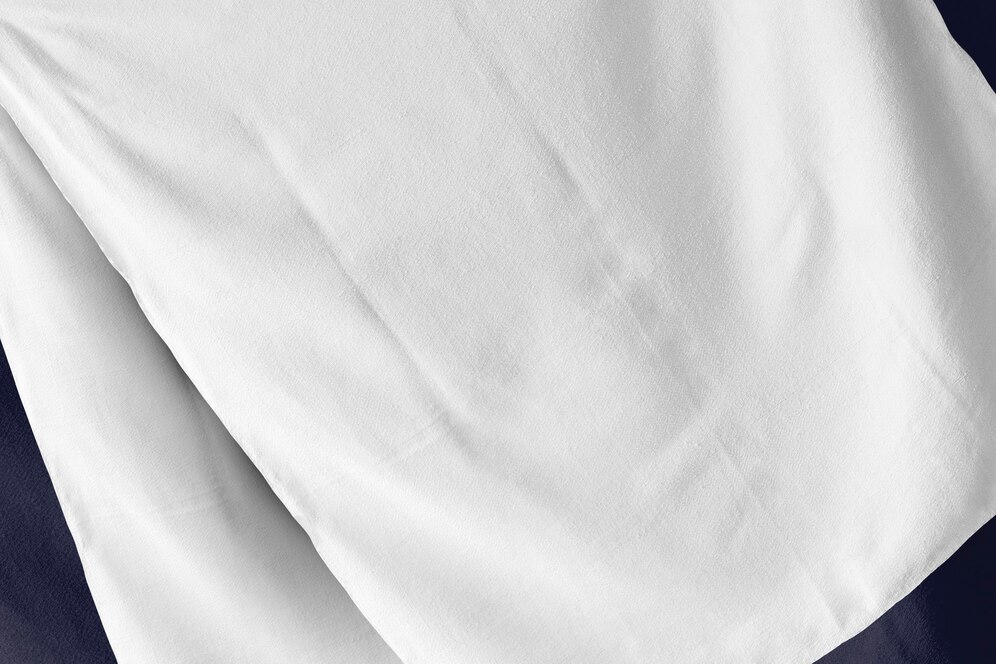
Environmental Concerns
Despite its advantages, the production of ᴛᴇʟᴀ ʙʀᴀɴᴄᴀ, especially synthetic types, can pose environmental challenges. The use of chemicals and water in the manufacturing process can lead to pollution and resource depletion. Addressing these concerns requires adopting more sustainable production practices.
Quality Control
Maintaining consistent quality in ᴛᴇʟᴀ ʙʀᴀɴᴄᴀ production can be challenging. Variations in raw materials, weaving techniques, and finishing processes can lead to differences in the final product. Rigorous quality control measures are essential to ensure uniformity and meet industry standards.
Market Competition
The ᴛᴇʟᴀ ʙʀᴀɴᴄᴀ market is highly competitive, with numerous manufacturers vying for market share. This competition can drive innovation but also poses challenges for producers trying to maintain profitability while meeting high standards of quality and sustainability.
Also Read: What Is Amazons GPT55X? Compare With GPT44X
Innovations in Tela Branca
Sustainable Practices
Innovations in sustainable practices are transforming the production of ᴛᴇʟᴀ ʙʀᴀɴᴄᴀ. From organic farming of raw materials to eco-friendly dyeing techniques, these advancements are reducing the environmental impact of fabric production. Sustainable practices are becoming a key differentiator in the market.
Technological Advancements
Technological advancements are enhancing the properties and production efficiency of ᴛᴇʟᴀ ʙʀᴀɴᴄᴀ. Automated weaving machines, advanced finishing processes, and smart textiles are some of the innovations improving fabric quality and functionality. These technologies are paving the way for new applications and improved performance.
Future Trends
The future of ᴛᴇʟᴀ ʙʀᴀɴᴄᴀ is likely to see continued innovation in sustainability and technology. Trends such as biodegradable synthetic fibers, smart fabrics with integrated technology, and personalized textile solutions are set to redefine the fabric’s role across industries. These trends will shape the next generation of ᴛᴇʟᴀ ʙʀᴀɴᴄᴀ products.
How to Choose the Right Tela Branca
Factors to Consider
When choosing ᴛᴇʟᴀ ʙʀᴀɴᴄᴀ, several factors should be considered, including the type of fiber (natural vs. synthetic), weave type, and intended use. Understanding these factors helps in selecting the fabric that best meets specific requirements in terms of durability, comfort, and aesthetics.
Comparing Different Types
Comparing different types of ᴛᴇʟᴀ ʙʀᴀɴᴄᴀ involves evaluating their properties, such as breathability, strength, and maintenance needs. Natural fabrics like cotton and linen offer comfort and eco-friendliness, while synthetic fabrics provide durability and ease of care. Blended fabrics combine these benefits, offering a balanced option.
Tips for Quality Assurance
Ensuring the quality of ᴛᴇʟᴀ ʙʀᴀɴᴄᴀ involves checking for uniformity in weave, consistency in color (if dyed), and the absence of defects. Purchasing from reputable manufacturers and conducting thorough inspections can help in securing high-quality fabric. Understanding industry standards and certifications also aids in quality assurance.
Caring for Tela Branca Products
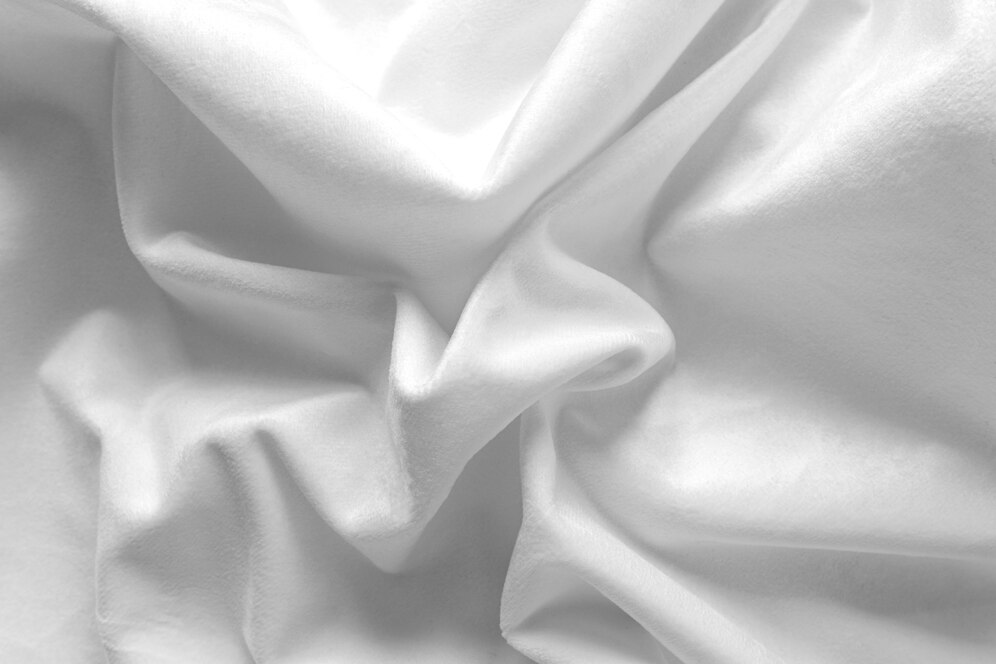
Cleaning and Maintenance
Proper cleaning and maintenance are crucial for extending the lifespan of ᴛᴇʟᴀ ʙʀᴀɴᴄᴀ products. Depending on the type of fabric, washing instructions may vary. Generally, gentle washing with mild detergents and avoiding harsh chemicals are recommended to preserve the fabric’s integrity and appearance.
Storage Tips
Storing ᴛᴇʟᴀ ʙʀᴀɴᴄᴀ products properly helps in maintaining their quality. Fabrics should be stored in a cool, dry place, away from direct sunlight to prevent discoloration. Folding and storing them in breathable containers can also protect against mold and mildew, especially for natural fibers.
Repair and Upcycling Ideas
Repairing and upcycling ᴛᴇʟᴀ ʙʀᴀɴᴄᴀ products can extend their usability and reduce waste. Simple repairs, such as mending tears and reinforcing seams, can restore functionality. Upcycling ideas, like transforming old fabric into new items or using scraps for crafts, provide creative ways to repurpose ᴛᴇʟᴀ ʙʀᴀɴᴄᴀ.
Most Related: Taylor Swift AI Pictures
Conclusion
Recap of Key Points
ᴛᴇʟᴀ ʙʀᴀɴᴄᴀ, a versatile and essential fabric, plays a significant role across various industries. Its types, production processes, and applications demonstrate its adaptability and importance. The advantages of ᴛᴇʟᴀ ʙʀᴀɴᴄᴀ, from durability to eco-friendliness, highlight its value, while challenges such as environmental concerns and quality control need addressing.
Future Outlook
The future of ᴛᴇʟᴀ ʙʀᴀɴᴄᴀ looks promising with ongoing innovations in sustainable practices and technological advancements. As industries continue to evolve, ᴛᴇʟᴀ ʙʀᴀɴᴄᴀ will remain a fundamental material, adapting to new trends and demands.
Final Thoughts
ᴛᴇʟᴀ ʙʀᴀɴᴄᴀ simplicity belies its versatility and significance. Whether in fashion, home décor, or healthcare, this unassuming fabric continues to be a cornerstone of numerous applications. Understanding its properties, production, and care ensures that ᴛᴇʟᴀ ʙʀᴀɴᴄᴀ will continue to serve its diverse roles effectively.
FAQs
1. What is tela branca?
Tela branca is a plain, undyed fabric typically made from cotton, linen, or synthetic fibers. It serves as a versatile material used in various industries, including textiles, fashion, home décor, and healthcare.
2. What are the main types of tela branca?
The main types of ᴛᴇʟᴀ ʙʀᴀɴᴄᴀ include natural ᴛᴇʟᴀ ʙʀᴀɴᴄᴀ (made from organic fibers like cotton and linen), synthetic ᴛᴇʟᴀ ʙʀᴀɴᴄᴀ (made from man-made fibers like polyester and nylon), and blended tela branca (a combination of natural and synthetic fibers).
3. How is tela branca produced?
ᴛᴇʟᴀ ʙʀᴀɴᴄᴀ is produced through a multi-step process involving raw material selection, weaving, and finishing techniques. High-quality fibers are chosen, woven into fabric using specific patterns, and then treated to enhance properties such as softness, durability, and water resistance.
4. What are the common uses of tela branca?
ᴛᴇʟᴀ ʙʀᴀɴᴄᴀ is used in the textile industry for dyeing and printing fabrics, in fashion for creating garments and accessories, in home décor for items like curtains and bed linens, in art and craft projects, and in the medical field for bandages and hospital linens.
5. What are the advantages of using tela branca?
ᴛᴇʟᴀ ʙʀᴀɴᴄᴀ is durable, versatile, eco-friendly (especially when made from natural fibers), and cost-effective. Its neutral appearance makes it adaptable for various applications, and it can be customized easily through dyeing, printing, and embellishment.
6. What challenges are associated with ᴛᴇʟᴀ ʙʀᴀɴᴄᴀ?
Challenges include environmental concerns related to production processes, maintaining consistent quality, and navigating market competition. Sustainable practices and rigorous quality control are essential to address these issues.
7. How can I choose the right tela branca for my needs?
Consider factors such as the type of fiber (natural vs. synthetic), weave type, and intended use. Comparing different types based on properties like breathability, strength, and maintenance needs can help in selecting the right ᴛᴇʟᴀ ʙʀᴀɴᴄᴀ.
8. How should I care for tela branca products?
Clean ᴛᴇʟᴀ ʙʀᴀɴᴄᴀ products with gentle washing and mild detergents. Store them in a cool, dry place away from direct sunlight to prevent discoloration. Simple repairs and upcycling ideas can extend their usability.
9. Are there any innovations in ᴛᴇʟᴀ ʙʀᴀɴᴄᴀ production?
Yes, innovations include sustainable practices like organic farming of raw materials and eco-friendly dyeing techniques, as well as technological advancements such as automated weaving machines and smart textiles.
10. What is the future outlook for ᴛᴇʟᴀ ʙʀᴀɴᴄᴀ?
The future of ᴛᴇʟᴀ ʙʀᴀɴᴄᴀ is promising, with ongoing innovations in sustainability and technology. Trends like biodegradable synthetic fibers, smart fabrics, and personalized textile solutions are expected to shape its future applications and uses.



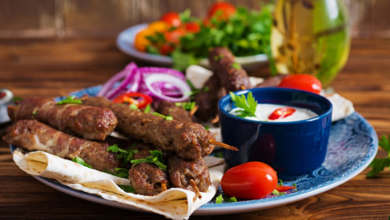

One Comment